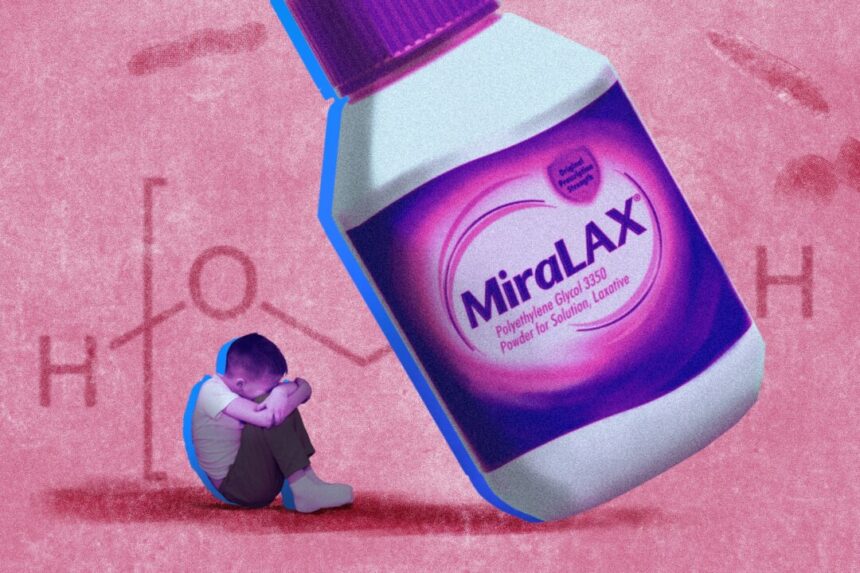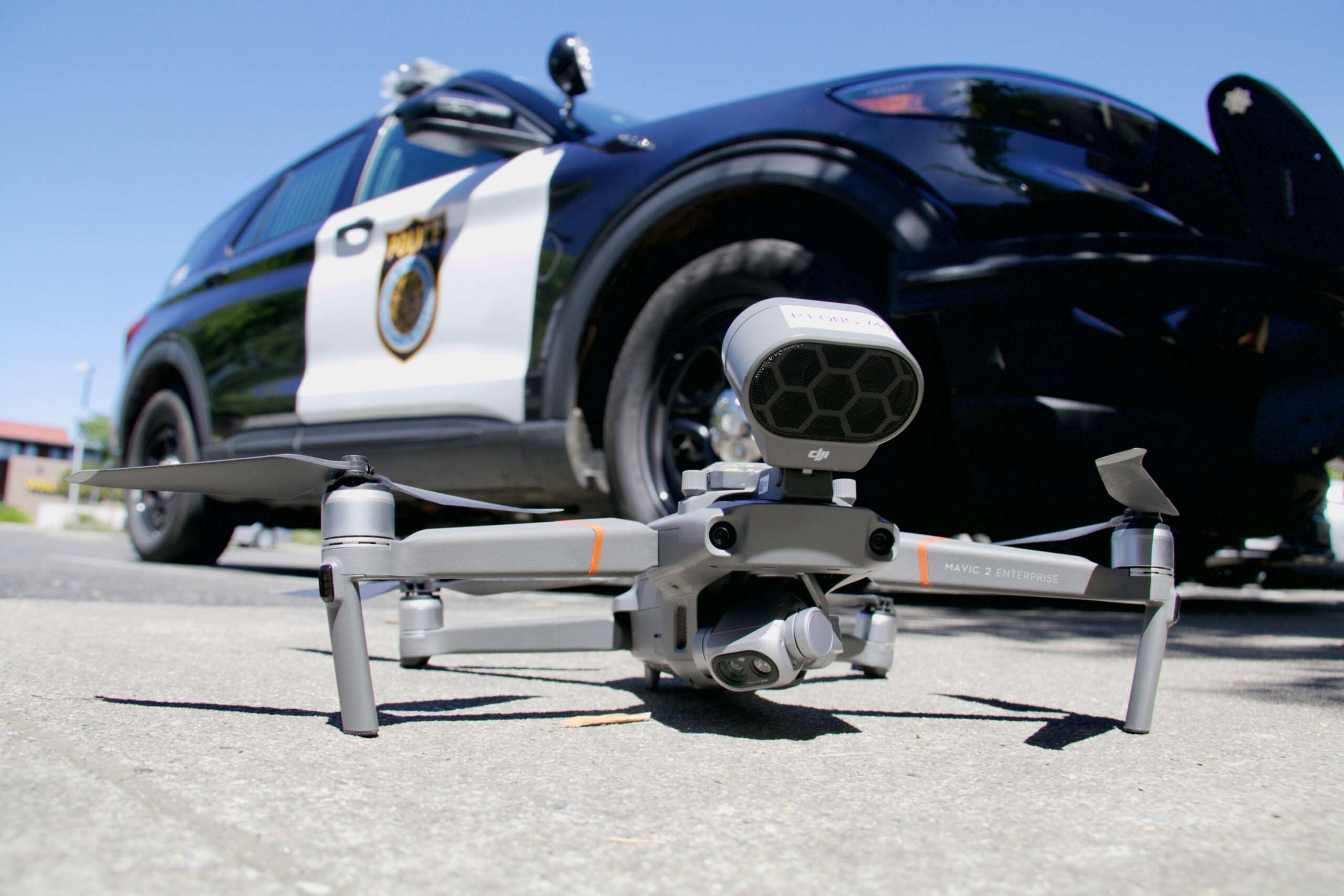Bradley Koehler resembled any four-year-old, always on the move and eager to explore the world around him. Healthy and well-adjusted, he began having episodes of bed-wetting, despite being successfully potty-trained.
Alarmed by this regression, his parents sought medical advice. Doctors found that Bradley was suffering from constipation. The retained stool was exerting pressure on his bladder, inadvertently resulting in the nighttime incidents. His medical team prescribed daily doses of Miralax to alleviate the condition.
Over the next few years, shifts in Bradley’s behavior alarmed his parents. At soccer practice, he began to lash out, his small legs delivering kicks to his peers in bursts of unprovoked aggression. School assignments, which previously captured his interest, were now met with outright defiance—papers crumpled and thrown on the classroom floor. His parents were concerned but chalked his behavior up to him just “being a boy.”
During this time, his struggles with bowel movements continued. At the age of eight, Bradley began having seizures leading to a diagnosis of temporal lobe epilepsy. Bradley’s distress escalated to saying he “wanted to die,” attempting to leap from the family’s deck and grabbing for kitchen knives. In response, his family turned to UW Madison Children’s Hospital for psychiatric support.
“In third grade, the wheels really began falling off the bus,” Bradley’s father, Mike Koehler, shared with The Epoch Times. His parents, teachers, administrators, and behavioral interventionists came together to address Bradley’s worsening behavior, which had deteriorated to the point that he required more support than a traditional classroom could offer.
The Laxative Connection
The U.S. Food and Drug Administration (FDA) allocated nearly a million dollars to investigate the potential adverse effects of MiraLAX on children despite the drug not being approved for those under 17. A decade later, this research, assigned to the Children’s Hospital of Philadelphia (CHOP), remains incomplete.
The Epoch Times attempted to contact Dr. Robert Heuckeroth, lead researcher and Dr. Matthew Hodgson, vice president of research compliance and regulatory affairs, for updates and insights on MiraLAX and childhood constipation. The reply came only from Emily DiTomo, director of public relations, who stated, “Neither Bob nor Matthew is available to speak with you for your article.” When probed further, Ms. DiTomo stated, “Children’s Hospital of Philadelphia does not have any information to share.”
The Constipation Crisis in Children
Nearly one in 10 children worldwide suffer from constipation, contributing to 3 percent of U.S. pediatric clinic visits—a number that escalates to 25 percent in pediatric gastroenterology clinics.
Lisa Santo Domingo, director of the Pediatric Multidisciplinary Chronic Constipation Clinic at Johns Hopkins Children’s Center, suggests the reported figures for constipation in children are too low. “Some parents may underreport or dismiss mild or intermittent symptoms, leading to an underestimation of prevalence rates,” she explained to The Epoch Times in an email. She added that trends indicate an increasing prevalence of constipation among children in recent years.
MiraLAX: Doctor Preferred
Physicians often treat constipated children with laxatives. Their preferred choice is polyethylene glycol (PEG 3350), or MiraLAX, despite the drug not being approved for those under 17. Praised for its effectiveness, safety, and user-friendly format, MiraLAX powder dissolves in water or other drinks. It pulls water into the intestines to ease bowel movements. PEG 3350 is also present in several other laxatives and bowel preps, including GaviLAX, GlycoLax, ClearLax, and GoLytely, to name a few.
According to Ms. Santo Domingo, “MiraLAX is commonly used as a first-line or adjunctive treatment for constipation in children and is generally considered safe and effective when used appropriately.” She highlighted its effectiveness for a spectrum of issues, from mild to moderate constipation to stool leakage, stressing its vital role in treatment and prevention for affected children.
In an email to The Epoch Times, a representative from Bayer, the company behind MiraLAX, shared the laxative’s journey from its initial introduction as a prescription medication in February 1999 to its FDA approval for over-the-counter sales in 2006, specifically for “adults and children 17 years and older for up to 7 days unless otherwise directed by a doctor.”
Despite official recommendations, Bayer references “many independent clinical studies” that affirm PEG 3350’s safety in younger patients, bolstering their support for its pediatric use.
Bayer reassures patients and practitioners, stating, “As part of Bayer’s ongoing commitment to consumer well-being, we regularly track, analyze, and report all adverse event data related to the use of the product.” This vigilance, they argue, reinforces the “continued safe use of MiraLAX.”
“Before recommending MiraLAX or any laxative therapy, we conduct a thorough evaluation,” explains Ms. Santo Domingo. “We also provide education and guidance to parents and caregivers on the appropriate use.”
A Decade of Uncertainty
Rising skepticism over MiraLAX’s safety prompted the Empire State Consumer Project to submit a citizen petition in 2012. They urged the FDA to thoroughly examine the safety of PEG 3350 for short and long-term use and demanded a recall to include a black box warning on products.
“As a result of parental concerns that off-label use of PEG 3350 chronically in children might be causing neurocognitive symptoms, the FDA funded research to develop very sensitive methods to measure the levels of the break-down products of PEG 3350 in blood and urine to be followed by a study evaluating pediatric patients’ potential exposure and extent of absorption of these three break-down products including ethylene glycol (EG), diethylene glycol (DG), and triethylene glycol (TEG),” the FDA told The Epoch Times in an email.
“There have been unanticipated delays due to public health emergencies such as Covid 19 and to technological challenges with method validation,” said the FDA.
“The FDA is committed to ensuring the medicines Americans take are safe and effective,” the agency reported, reiterating that it is “eager to obtain the results.” If the research uncovers new evidence of a safety risk, the agency will take appropriate regulatory action, they told The Epoch Times.
Derek Braslow, a lawyer who previously represented families alleging harm from MiraLAX, expressed his disappointment at the incomplete CHOP study.
“Companies like Bayer have an ongoing responsibility to ensure the safety of their products and the adequacy of the warnings on their label to protect consumers,” he told The Epoch Times in an email. He emphasized that the outcomes, or lack thereof, from the CHOP study do not absolve the manufacturer of its responsibilities.
Parental Outcry on Safety
Amid the widespread use of MiraLAX, a wave of parental concern has surfaced. Many of these parents connect through a Facebook group, Parents Against Miralax Restoralax Movicol (PEG 3350).
“I’m desperate and at a total loss. I just found this group and stopped giving my 16-month-old daughter Miralax immediately, but I’m scared the past 8 months of use (literally half her life) have ruined her,” one mom writes.
They also share frustration over doctors dismissing children’s behavioral changes as age-related, overlooking possible connections to PEG 3350. “Trying to help my son with stool withholding and listening to his
Source link








